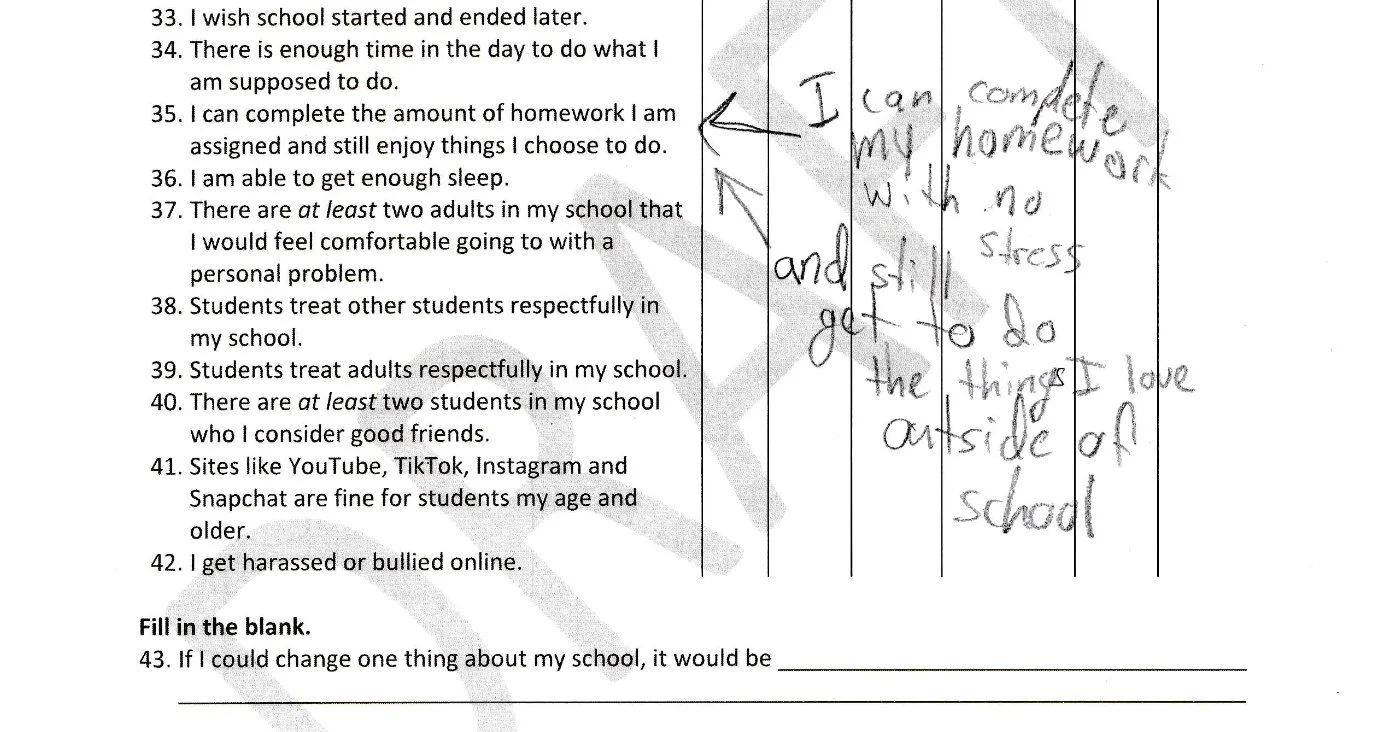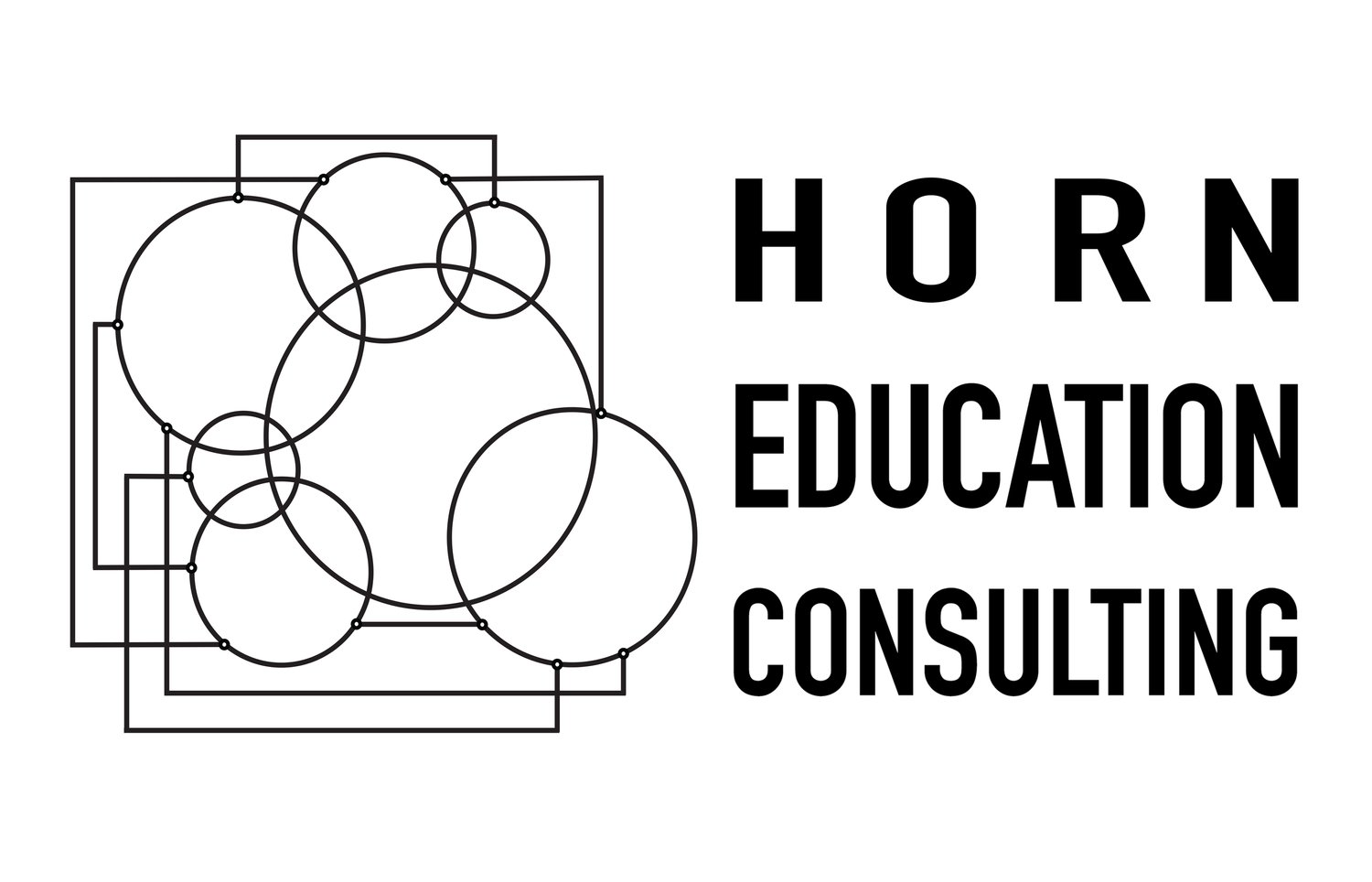
STUDENT VOICE
“Since the advent of formal education in the United States, both the educational system and that system’s every reform have been premised on adults’ notions of how education should be conceptualized and practiced. There is something fundamentally amiss about building and rebuilding an entire system without consulting at any point those it is ostensibly designed to serve. ”
LEVEL 1. LISTENING to students
Most students aren’t experts in Mandarin or calculus, but every student is the expert in how they learn best. The trouble is we don’t ask them—or we don’t ask them regularly enough. Here’s a simple way to start small:
The questions I asked every student to answer anonymously at the end of each marking period.
For 18 years in the classroom, this was the most useful feedback on my teaching I ever received.
After a little exposure, good educators recognize more specifically the things sophomores, for example, need today—which is likely markedly different from what sophomores needed pre-pandemic.
Thoughtful administrators can solicit similar input from students at the building or campus level.
LEVEL 2. collaborating with students
Suppose a student suggests a fabulous idea for an Earth Science lab, or a field trip to explore historically significant locations in your town. Bringing student voice to the next level means co-designing the experience alongside students: teachers bring the disciplinary expertise; students bring the fire!
A high school senior meeting with teachers about her team’s proposed redesign of common space.
Administrators ready to participate at this level invite interested students to serve on committees that students would find relevant.
LEVEL 3. LETTING STUDENTS LEAD
In 2013 a handful of students in an alternative education program became the first cohort in their public school district to pilot the 1:1 use of laptop computers. They researched and recommended the model of Chromebook that should be purchased, they quickly mastered the devices … and then they taught their teachers as well as their peers what they’d figured out.
One of the Project ‘79 Chromebook Pilots explains her experience to a parents group.
This magical experiment was the subject of my chapter in Repositioning Educational Leadership (see ABOUT > Recent Publications).
“As the pace of life accelerates, the population becomes increasingly diverse, and the media through which we teach, learn, and work become more complex … [i]t is time that we count students among those with the authority to participate both in the critique and the reform of education. ”

RELATED PODCAST EPISODES
Click the image to visit the show page.







